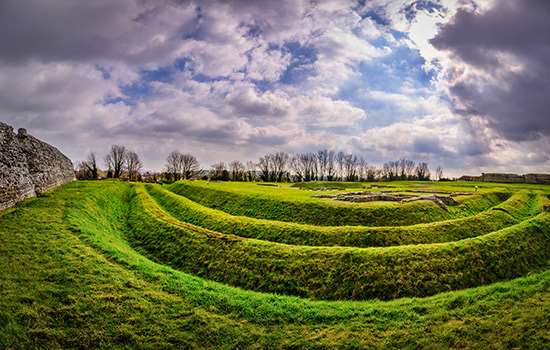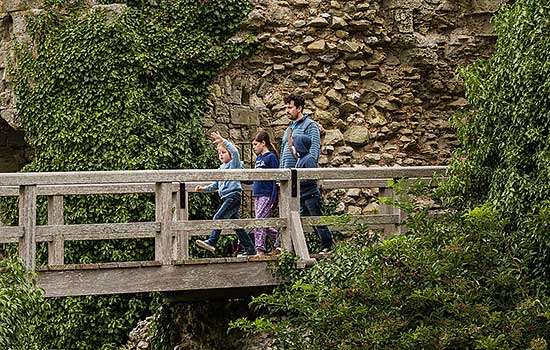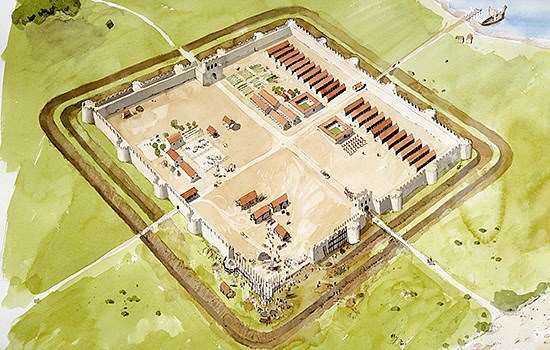READ MORE ABOUT ROMAN BRITAIN
-
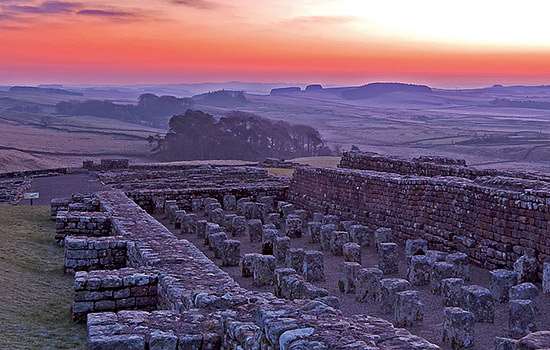
EXPLORE ROMAN BRITAIN
Browse our articles on the Romans to discover the impact and legacy of the Roman era on Britain’s landscape, buildings, life and culture.
-

THE ROMAN INVASION OF BRITAIN
In AD 43 Emperor Claudius launched his invasion of Britain. Why did the Romans invade, where did they land, and how did their campaign progress?
-
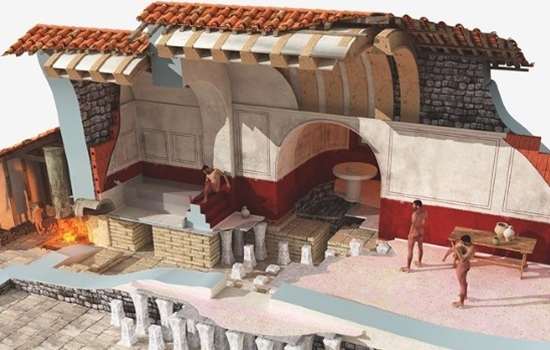
ROMAN BATHING
Bathing was central to Roman life. Discover what Roman bath-houses can tell us about the culture and people of Roman Britain.
-

GATEWAY TO BRITANNIA: RICHBOROUGH’S ARCH
The story of Richborough’s monumental arch reveals the great importance of Richborough to the Romans as the gateway to Britannia.



